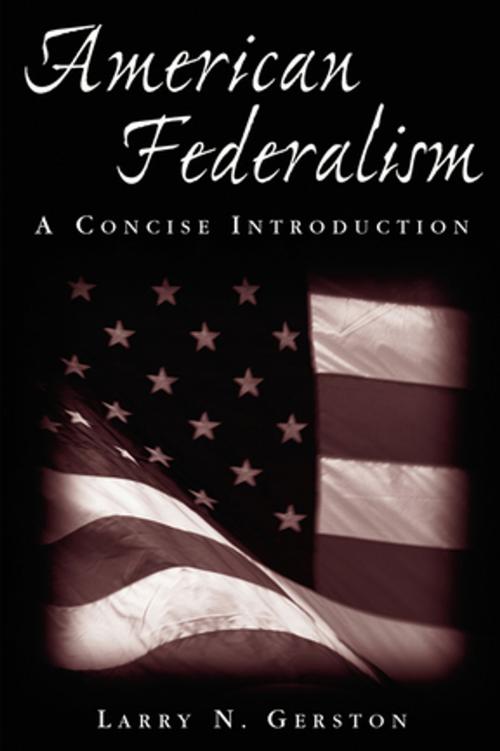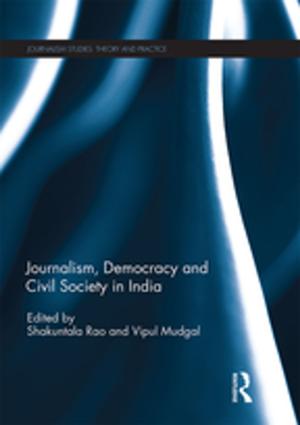American Federalism: A Concise Introduction
A Concise Introduction
Business & Finance, Economics, Nonfiction, Social & Cultural Studies, Political Science| Author: | Larry N. Gerston | ISBN: | 9781317477259 |
| Publisher: | Taylor and Francis | Publication: | March 26, 2015 |
| Imprint: | Routledge | Language: | English |
| Author: | Larry N. Gerston |
| ISBN: | 9781317477259 |
| Publisher: | Taylor and Francis |
| Publication: | March 26, 2015 |
| Imprint: | Routledge |
| Language: | English |
Understanding federalism - the form of political organization that unites separate polities within an overarching political system so that all maintain their political integrity - is central to the study of democratic government in the United States. Yet, many political scientists treat federalism as a set of abstract principles or a maze of budgetary transfers with little connection to real political life. This concise and engaging book boils the discussion down to its essence: federalism is about power, specifically the tug for power among and within the various levels of government. Author Larry N. Gerston examines the historical and philosophical underpinnings of federalism; the various "change events" that have been involved in defining America's unique set of federal principles over time; and the vertical, horizontal, and international dimensions of federalism in the United States today. The result is a book examining the ways in which institutional political power is both diffused and concentrated in the United States.
Understanding federalism - the form of political organization that unites separate polities within an overarching political system so that all maintain their political integrity - is central to the study of democratic government in the United States. Yet, many political scientists treat federalism as a set of abstract principles or a maze of budgetary transfers with little connection to real political life. This concise and engaging book boils the discussion down to its essence: federalism is about power, specifically the tug for power among and within the various levels of government. Author Larry N. Gerston examines the historical and philosophical underpinnings of federalism; the various "change events" that have been involved in defining America's unique set of federal principles over time; and the vertical, horizontal, and international dimensions of federalism in the United States today. The result is a book examining the ways in which institutional political power is both diffused and concentrated in the United States.















